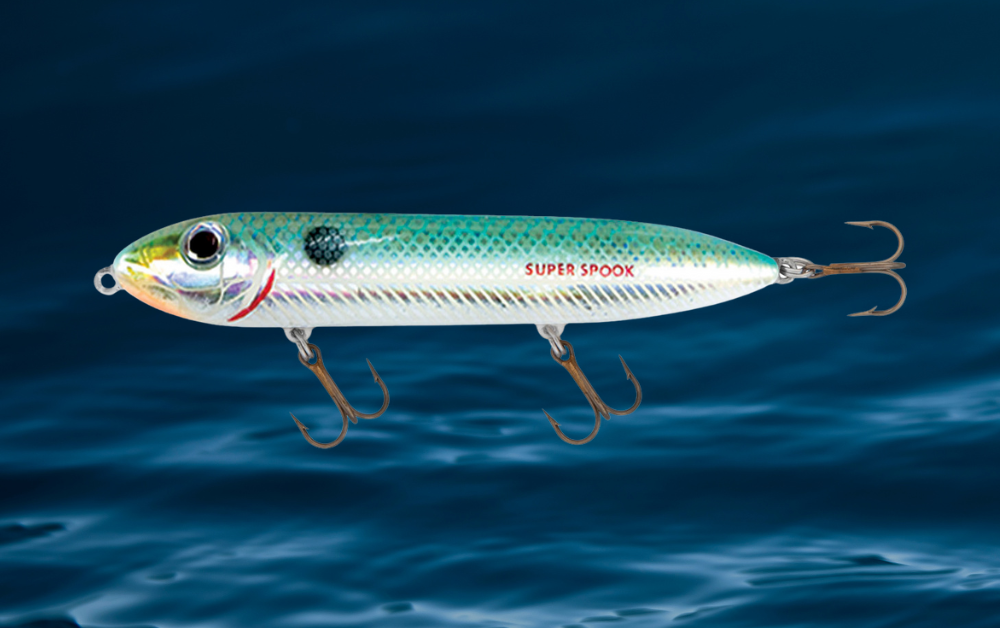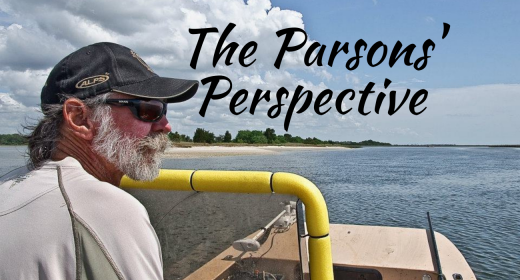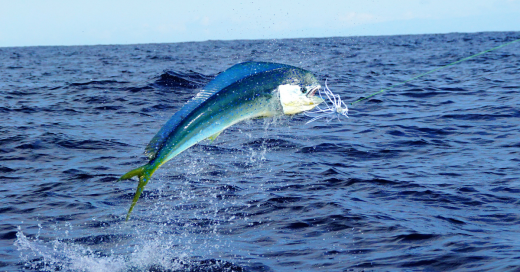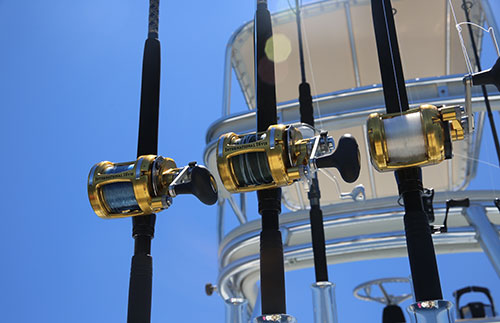Top Inshore Fishing Lure Types Of All Time
We think about the hundreds of fishing lures on the market today and it nearly blows our minds. We then break out the inshore lures, and the number reduces, but it’s still phenomenal. While there are countless colors, sizes, shapes, and materials, it really gets to only a few types. When we first started thinking about this story, the staff and I thought we would go for the top 20, and then we reduced it to 10 and then 5. We started looking at the various lures, different as they are, there are actually only about 5 types of inshore fishing lures. Here’s the 5 we came up with.
Topwater Plugs
They sometimes shape lures and design them for just what their name indicates, and yes, they look like a plug of sorts. Fishing with Topwater Plugs is exciting and requires a bit of creativity with the many motions created by the lure’s movement, which works to make the fish attack. There’s nothing more fun than seeing the fish come to the surface, violently hit the lure, and start the fight. The Top Water Lures work best in low light, such as early morning and afternoons. Popular Topwater Lures are manufactured by companies like Rapala and Heddon.
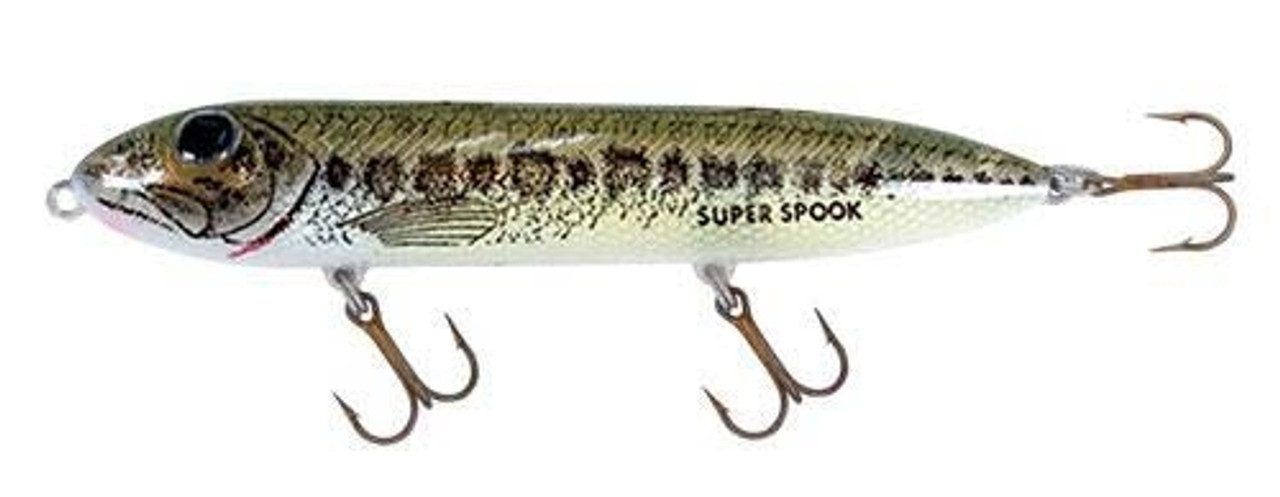
Bucktail Jigs
Now, these old boys came over on Noah’s Ark. Any time you’re inshore fishing with one of the old guys, you can be certain that they’re fishing with a Bucktail Jig. If he’s not, I’ll bet they’re within reach in his tackle box. These jigs largely resemble fly fishing lures, only they tote dead, cut, live, or plastic baits. You can adjust the size of the Bucktail to the species you’re fishing for. Fish with one, and your grandfather will be smiling in heaven.
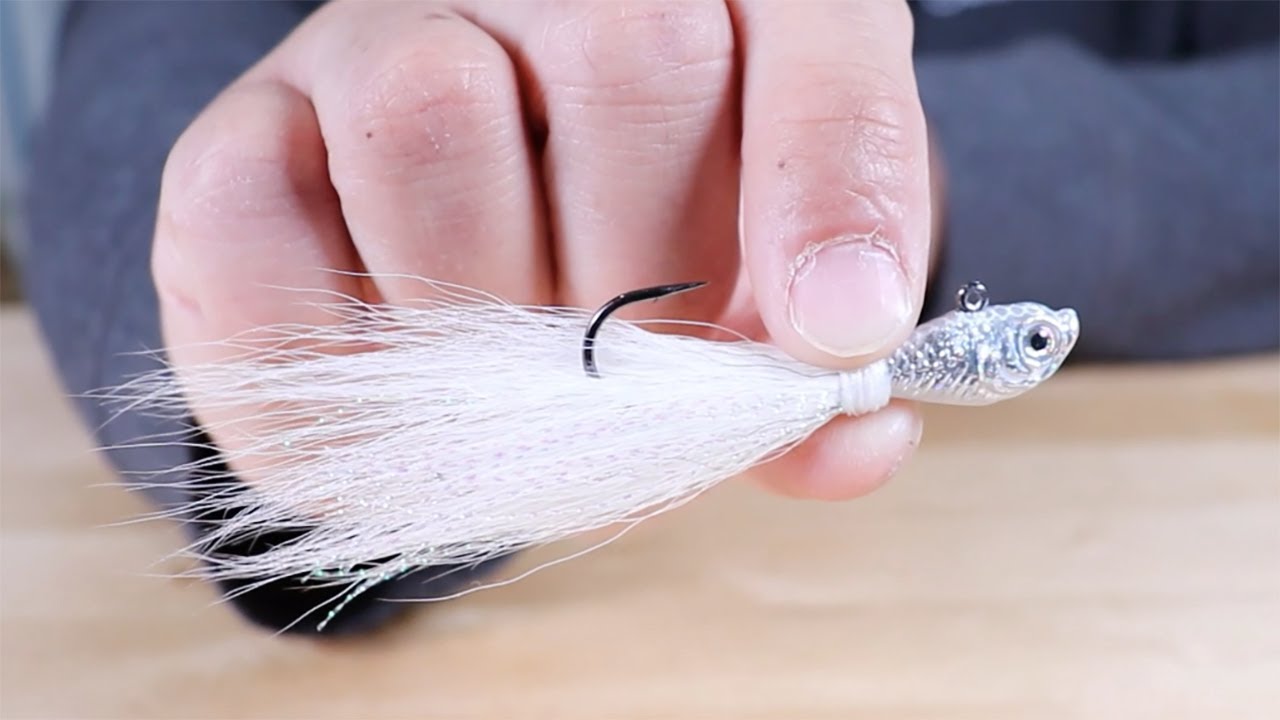
Spoons
Spoons are not just for the offshore fisherman, they’re great for the inshore fisherman as well. They look pretty simple but produce a strong affect when fishing with them. They bring a lot of flash as well as vibration to the table, which gets the inshore species all spooled up. Many of today’s younger anglers don’t realize that Spoons were the primary lure, along with Plugs for the offshore and commercial fishermen before the skirts, chuggers, and the like. They come in many colors, and gold seems to be the most popular and weedless is a must for shallow inshore fishing.
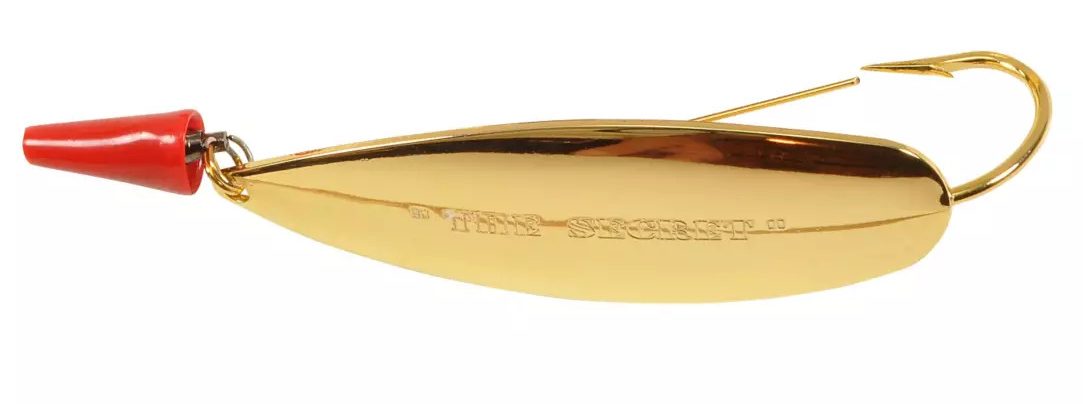
Paddle Tails
The Paddle Tail Plastic lures are possibly the most used lure for inshore fishing. Please understand, I didn’t say it was the most popular, but the most used, largely due to its cost and ease of use. Over recent years, the Paddle Tails have seen great improvement with the development of scents, translucent bodies, and more. The once-considered cheap lure is no longer cheap but is much more effective. It makes retrieving easy with a quick twitch or 2. The Paddle Tail gives the lure a pretty good action and works well with the jig. Just bounce it on the bottom and most inshore species will hit it. This type of lure has seen more changes and improvements than all the other lures combined.
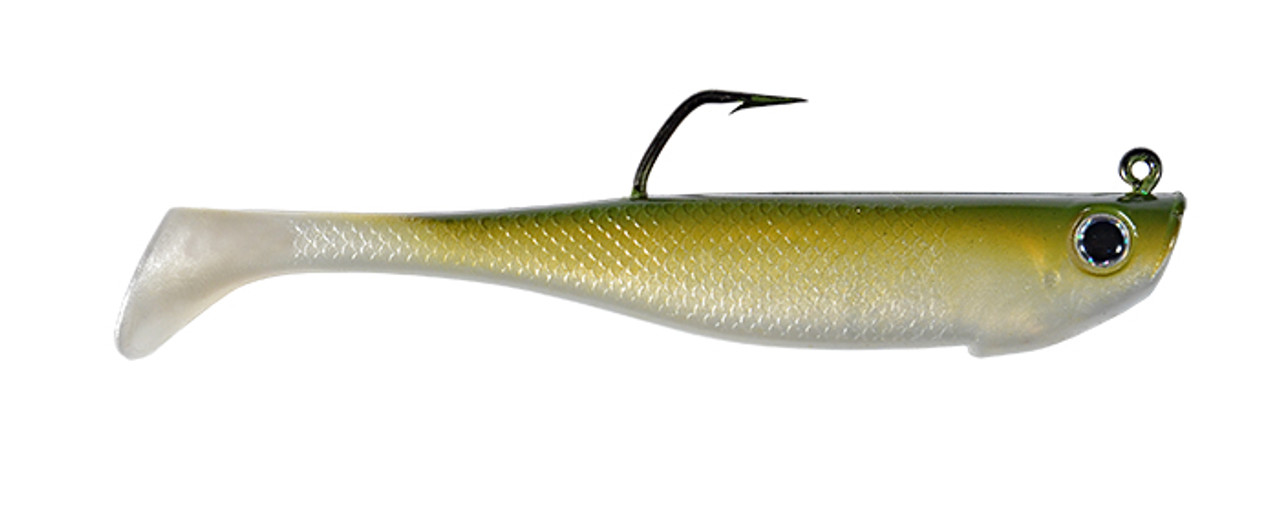
Jerk Baits
These are popular for most species of inshore fishing, especially in the South. The soft plastic design favors that of the regular plastic baits we spoke of earlier. They’re suspended and work with short jerks of the lure itself. They are better used when the fish are somewhat suspended in the water column like Speckled Trout. Be aware if you don’t do this right, you’ll be wasting your time. To be a successful Jerk Bait angler takes a little practice. The best tip is to work with a knowledgeable fisherman familiar with Jerk Baits.

Choosing the right bait for the species, conditions, seasons and local is key to having a successful day of fishing. Beyond that, knowing how to use them effectively is every bit as important. Having an assortment of options is always your best bet. Then practice, practice, practice.

You may be interested
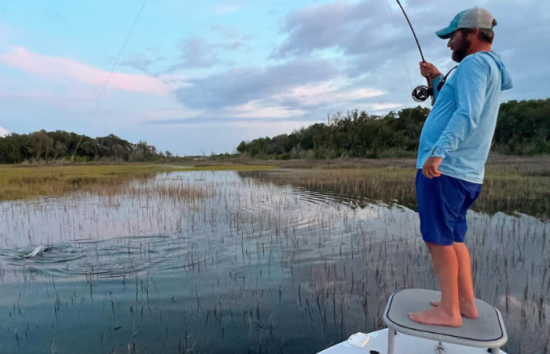
Sight Fishing Like A Pro
Tim Wilson - June 19, 2025Sight fishing can be a rush when done right. It’s taking your inshore fishing to the next level with a dose of adrenaline. It requires great upper-level…

My Fishing Spot’s Better Than Yours…..Increase Your Your Hotspots
Tim Wilson - June 9, 2025Every angler has their favorite go-to spots—the kind of place where they landed great fish just a few months back. It might be a familiar dock or…
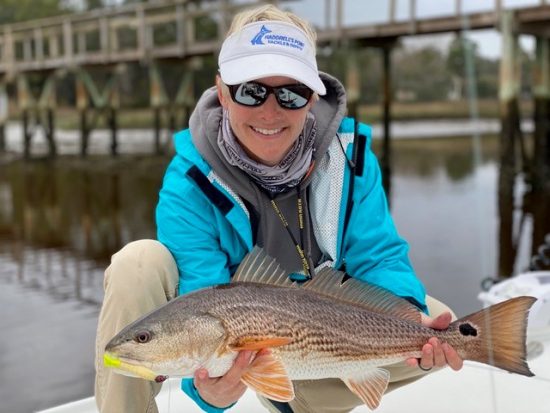
Pre-Planning For the Next Day’s Fishing Trip Like a Pro
Tim Wilson - June 9, 2025While many saltwater anglers just roll out of bed and head to the boat ramp, the top-notch fisherman has a different approach. It starts before the day…

